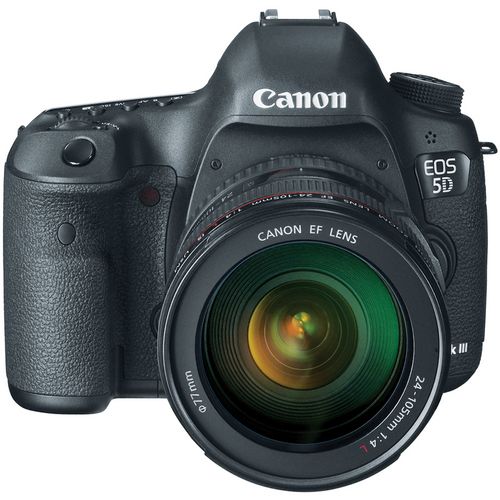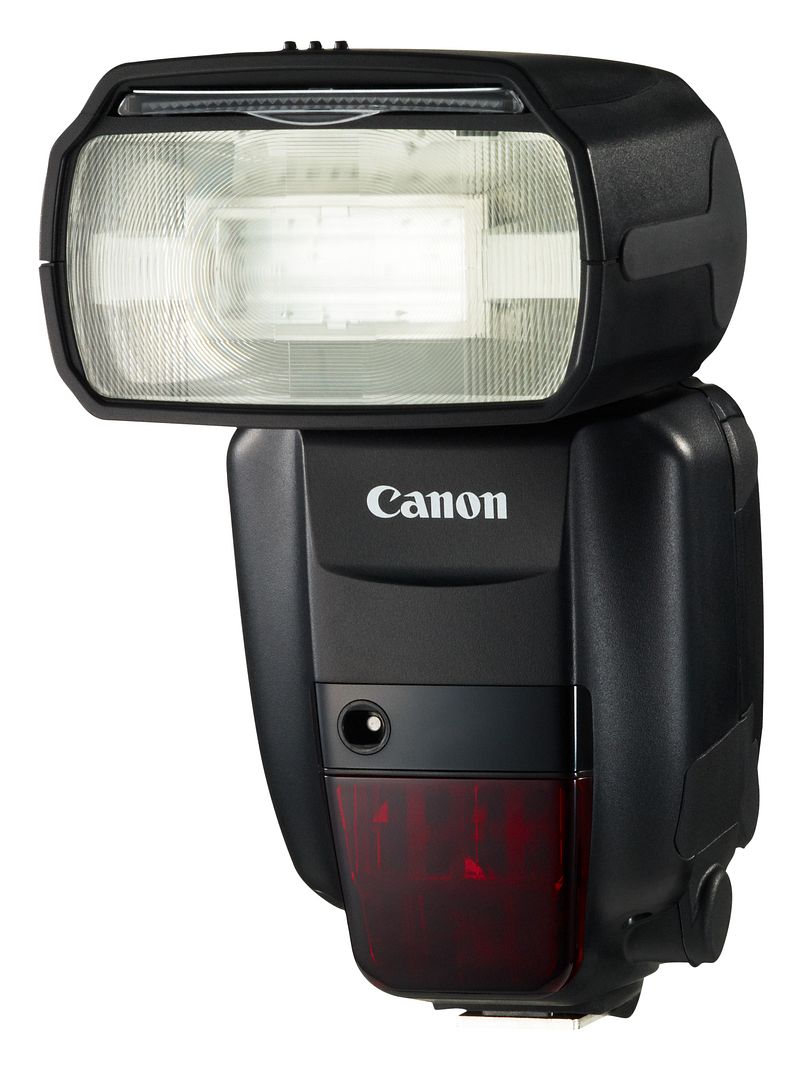EOS 5D Mark III vs Nikon’s D800 & D4 video mode comparison by P. Bloom
Good comparison between three different full-frame cameras used to shot video. Philip Bloom compares the Nikon D4 with the Nikon D800 and the EOS 5D Mark III. It’s a 30 minutes review (conclusion at ~23:00) and it focuses on aliasing artifacts and low-light performance. Needless to say, the 5D Mark III has outstanding low-light performance and controls aliasing very good (check the 400% zooms!). The aliasing on the D800 is very bad, especially at 720p. So bad, that an additional aliasing filter was mounted on the D800’s sensor (to show how much it could be made better). On the other hand, the D800 has cleaner HDMI output and is generally sharper out of the box than the 5D Mark III. All in all the review shows once more that the 5D Mark III is a very good all-purpose camera. The video shows live-crops beside the recorded scenes (different high ISOs). Enjoy the video!
For the latest 5D Mark III pictures uploaded to Flickr click here. 5D Mark III availability & price check: B&H Photo, Adorama, Amazon USA, Amazon Canada, Canon Canada, Canon USA



